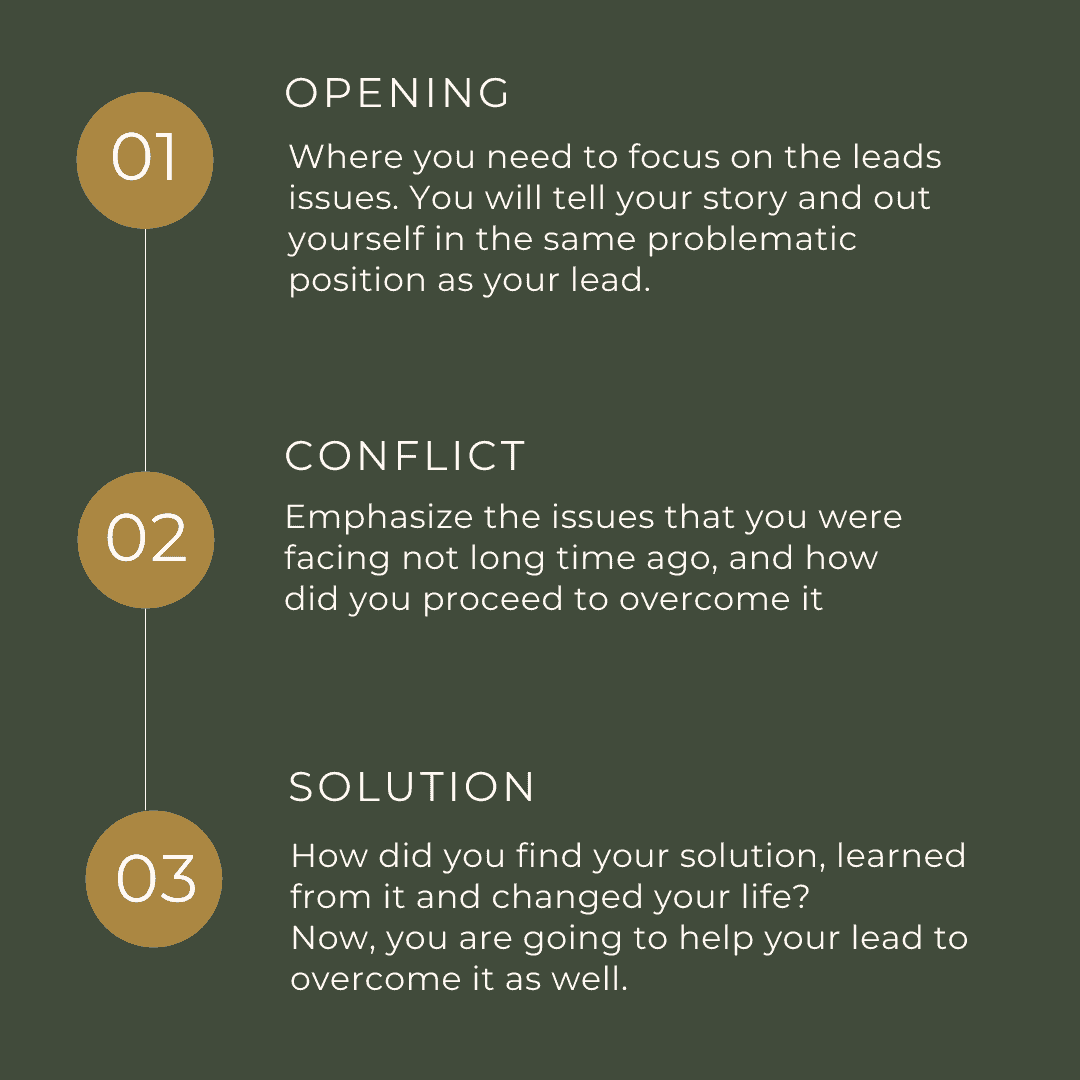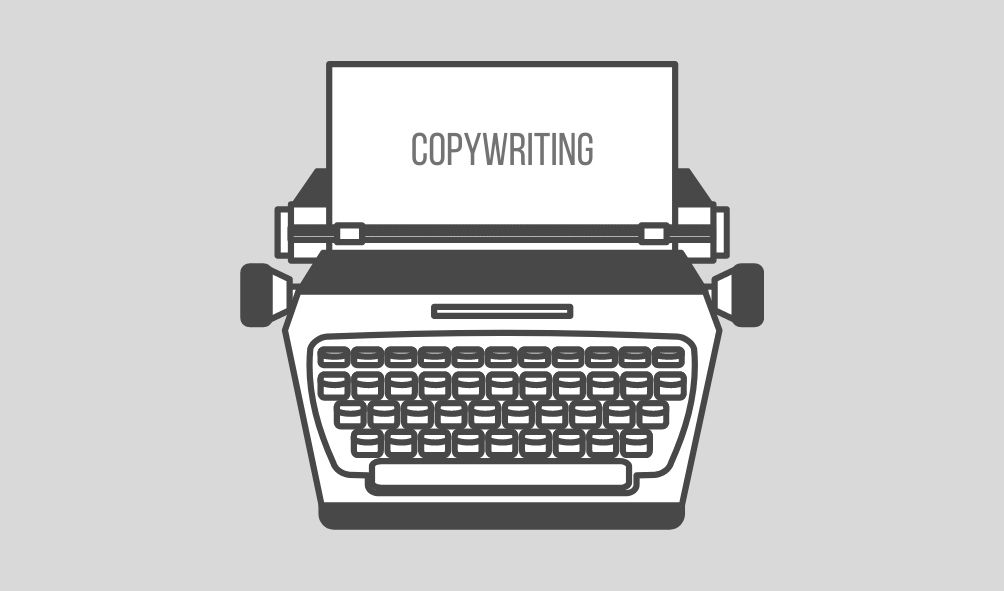We are all aware of the impacts caused due to this new global context, especially on small businesses. The world is becoming more and more dependent on virtual tools, and not everyone has been able to keep up. The best way to solve this problem is through a good advertising strategy. As we talk about advertising, we must refer to copywriting. Copy is an essential pillar in building any digital marketing strategy.
What is copywriting?
Copywriting is the skill of writing persuasive texts that prompt people to take some form of action, such as click on a link or, make a purchase.
Copywriting is a lot older than you think!
When the first sales papers were printed, copywriting elements were already present. However, throughout the years the copy strategies have evolved. Nowadays, persuasive writing is mainly:
- Short
- Attention seeking
- Full of techniques
- With persuasive headlines
This strategy was shaped according to one of the most common features of the XXI century:
lack of time. If before people would devote time to read an extensive sales letter, today, most of your prospects will only read the headline.

David Ogilvy is the modern Father of Advertising. He has created some of the most successful campaigns of our times, becoming the inspiration for many advertising writers.
Ogilvy 4 lessons on Advertising:
- Creativity that doesn’t sell is useless
- The best ideas come as jokes. Make your thinking as funny as possible
- Never stop testing, and your advertising will never stop improving
- Big ideas come from the unconscious. This is true in art, science and, advertising. But your unconscious has to be well informed, or your idea will be irrelevant
What is a copywriter?
It is a copywriter a person whose goal is to get a group of people to take a certain action through persuasive texts. The action usually most aspired to is the purchase of a service or product. Although often related to sales, copywriting is not synonymous with sales. It is a strategy used within a context in which the objective can be the purchase.
Some dare to say that a copywriter is a storyteller. And I dare to agree. Thus, the copywriter seeks, through a story, to connect with a certain audience. This connection awakens pre-existing feelings in people. Various feelings, such as fear, belonging, or desire, that lead the audience to take an action.
How to become (a good) copywriter?
- Simple and direct copies provide better results
Sometimes we believe that for a text to be good, it must be very long. Do not fall into this trap! In a good copy, every word should be placed for a reason. No words should be missing or leftover.
- Adapt the wording of your text according to your niche
Every marketing strategy is shaped according to a specific niche. You need to adapt your wording for each circumstance. For instance, you must not include jokes or memes when doing a copy for an investment bank. Or, you wouldn’t need to include fancy vocabulary when talking about pet toys.
The most important thing is: Be consistent throughout your text!
- Repetition is necessary to be remembered by your lead
If you don’t repeat the promises and features of your offer, people will forget about you. We live in times where we are faced with new information every second, so you need to repeat it to be remembered!
- Uniqueness is what differs an average from an excellent copywriter
Be unique does not mean create something extraordinary for every copy you write. In some topics, you will feel more comfortable going over the top, and in others, you will prefer a safer path. What I mean by being original is do not use the same headlines and texts over and over. Adapt your writing for every lead you are trying to reach out to.
- Demonstrate real results: Be trustable
Authority is one of the most important features in the digital era. You need to show that your promises are real.
- Use comparisons: it makes your narrative more emotional
Comparisons are very much used as a copywriting strategy. They awaken the interest of your lead. This is not to say that you can use any comparison to just include it in your text.
It needs to add something. Also, It needs to be related to your lead’s experiences, issues, or desires.
We can use as an example a traveling agency’s propaganda:
“Is there something better than traveling? Traveling with a 50% discount”
This is a comparison that directly relates to their lead desires (people that are passionate about traveling and want to save money).
Don’t get desperate if you cannot find a comparison for your copy. It is not obligatory!
- Work with the feeling of belonging: show that your lead is part of a bigger group
It has been proven by psychologists that people tend to connect with the ones that are similar to them in some way. Rather it is by their fears, issues, desires, or past experiences.
So, always try to connect to your lead, emphasizing that he or she is not the only one under a certain circumstance.
- Tell a story: a story that is part of your lead’s reality
Copywriting is directly related to storytelling. You need to have a narrative that has a beginning, a development, and a conclusion.
While you are writing, you should think you are telling a story to somebody that is in front of you. And, this person has specific characteristics that you should take into account when building your narrative.
- Dismiss objections: come ahead of your lead
In the information era, people tend to mistrust promises. This is why you need to go ahead of your lead and target the objections he or she might have.
When you are writing your text, you should think about what kind of objections your lead might have to that offer. Pick the most relevant ones and bring a solution to each one of them.
- Scarcity
This is a proven mental trigger. Emphasize that that offer won’t be there forever. Once your lead feels that he or she is going to miss something, it will increase their chances of taking an action
After all of this has been said, you should be asking: But, how am I supposed to structure this narrative?
A basic copywriting roadmap

Out of this copy’s basic roadmap, we could split it into 5 sub-categories, as follows:
- Attention
At first, you need to get your lead’s attention. 80% of people will only read your first words. This means you should focus 50% of your time just on the headline and the first words of your text.
- Connection
After you grabbed your reader’s attention, it is time for you to tell a story and connect to your lead. Here you need to include elements that your lead identifies himself with.
- Problem
It is also related to connection and identification. Here you need to bring up issues that your lead is facing, or will face in the future if they miss your offer.
- Solution
Once you have identified your prospects’ problems, you should show how you can solve that person’s issues with your product.
10 things you MUST NOT do as a copywriter:
- Make spelling mistakes
- Use Caps lock excessively
- Forget to use uppercase letters
- Use too many ellipses
- Write huge paragraphs
- Miss the consistency of your text: first you talk as “I” and then change it to “us”
- Repeat the same headline over and over
- Just show up one time and then disappear. You should always come back and make your lead to remember you
- Too many videos and images. You need to know how to balance text and images/videos
- Write long texts when it is not necessary

